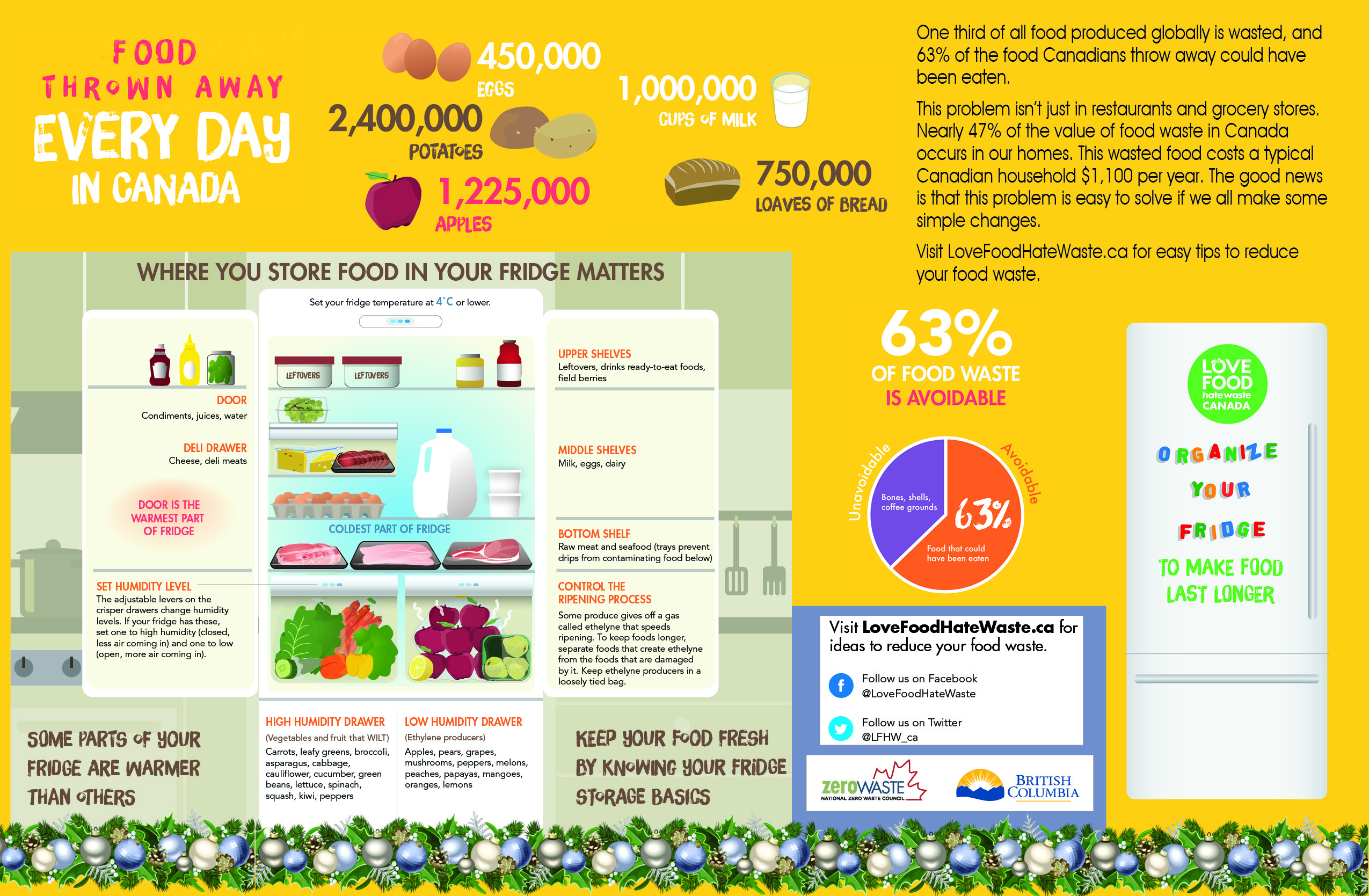By Tera Grady
Part of the Cariboo Regional District’s Solid Waste Info Series: Becoming Waste Wise
The Cariboo Regional District (CRD) commissioned a “waste audit” in June of 2019 that focused on typical household waste, not demolition or construction waste, at the Quesnel, Williams Lake, and 100 Mile House landfills. A waste audit includes collecting numerous 100-kilogram samples of waste from different sources (curbside, commercial buildings, self haul, etc.) and sorting the waste into unique categories. Each category is then weighed. All the data from each sample is compiled and a waste characterization report is generated. Most Regional Districts in British Columbia complete waste audits on a regular basis; this was the first the CRD has done, and it will use the information during the next solid waste management planning process, which starts in 2020.
So, what did the data show? It illustrated that across the region 35 percent of our waste is compostable organics. However, it also showed that just over 12 percent of the region’s waste is collected by curbside collection, and the organic portion of curbside collected waste would only add up to 3.8 percent of the total waste stream. This means that providing curbside collection of organics in Williams Lake, Quesnel, and 100 Mile House, would only divert 3.8 percent of waste across the region, and that’s assuming everyone would participate. Where does the other 31 percent of organics come from? About 16 percent comes from commercial sources (restaurants, grocery stores, schools, etc.) and the remaining 15 percent comes from waste that is disposed of by residents directly at the landfill or at a transfer station.
The next largest category of waste was paper at 21 percent. This was comprised of recyclable items including cardboard, newspapers, paper, and coffee cups that added up to 11 percent. Non-recyclable items, such as books and laminated papers, added up to two percent. The most surprising category came in at over eight percent and was made up of compostable and food-soiled paper. This category includes paper towels, tissues, paper plates, paper takeout food containers, and waxed papers.
The third largest waste type was plastic at 17 percent. This category consisted of recyclable plastics including deposit beverage containers, containers, flexible plastics, and Styrofoam, which added up to 7.5 percent. The remaining 9.5 percent was from plastics not included in the current BC recycling regulation.
Stay tuned to the CRD’s solid waste management planning process to see how the waste audit information will be used to survey the public on future waste diversion programs.
Learn more by following us on Facebook at facebook.com/caribooregion or by visiting us online at cariboord.ca. For more information on the Waste Wise Program, call (250) 398-7929. You can also find more details on Waste Wise activities and events at ccconserv.org

